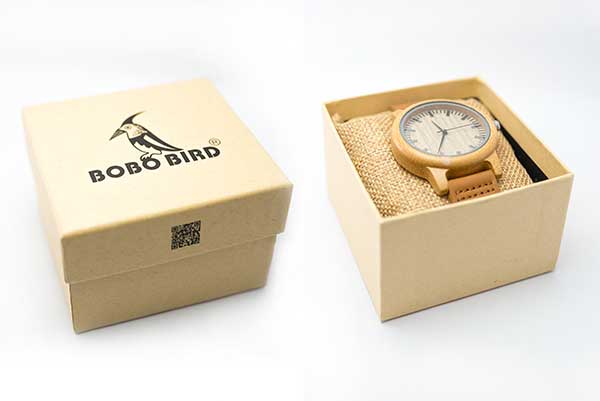Imagine for a moment that there are no clocks around you. You don’t have a wrist watch, a desk clock, or a wall clock. You wouldn’t know when it’s bedtime, work time or school time, right? Now let’s go back many, many years ago. How did people measure time before they invented the clocks we use today?
People in prehistoric times divided time into only two parts: day and night. Then they noticed that the shadow lengths of the objects changed during the day. Realizing this, they tried to measure time by tracking the shadow length and direction of a stick they had stuck in the ground. These were the first examples of sundials.
The ancient Egyptians developed sundials and were able to measure time more precisely. The Chinese, Romans, and Greeks also developed different sundials and used them.
Sundials usually consisted of a circular stone and a pointing stick in the middle. There were numbers and symbols showing the time on the stone. They determined the time according to which numbers and symbols the shadow of the pointing stick corresponded to. However, sundials could not be used at night and on cloudy days.
People have developed different clocks throughout history: water clock, sandglass and candle clock … Previously, water clocks consisted of a large vessel. These vessels, which had markings on the inner surface, were filled with water. The water was slowly pouring out through a small hole in the bottom of the bowl. As the water level in the vessel decreased, people could tell how much time had passed. Water clocks that worked in other ways were also made. However, very precise measurements could not be made with water clocks.
The working principle of candle clocks was similar to that of water clocks. A very long candle marked at regular intervals was used to measure time. After this candle was lit, it slowly melted. You could tell how much time had passed by looking at the markings on the candle. There were also different kinds of candle clocks.
Hourglasses also known as sandglasses consisted of a two-section glass chamber. There was some fine sand in this chamber. This sand always flowed from the upper chamber to the lower chamber in the same time. The hourglass was turned upside down when it was desired to be used again. Thus, the sand would start flowing back towards the lower chamber. But hourglasses could only measure certain time zones.
None of these clock types, which were used until the 1300s, showed the exact time. In these years, the first mechanical watches began to be made. These clocks, without hour and minute hands, were unlike those of today and were very large. These were making sounds at certain time intervals. For example, the gong or bell would ring to announce the time. These clocks could lose time, sometimes for a few minutes, sometimes for hours. It could even be that it stopped on its own. In such cases, they were readjusted by looking at the sundial. Later, pendulum clocks were found. At this time, there were also the hour and minute hands. Over time, clocks have become smaller. In the 1500s, clocks began to be made in sizes that could be carried. Now watches were produced that could fit even in the pockets of clothes. The watches that are constantly renewed and developed that can be worn on the wrist were made in the 1800s.
Beginning in the 1900s, other types of clocks entered our lives. Battery-powered quartz watches and atomic clocks, which can measure time with little error, are two of them. Who knows, how will the tools we use to measure time change with the developing technology?


